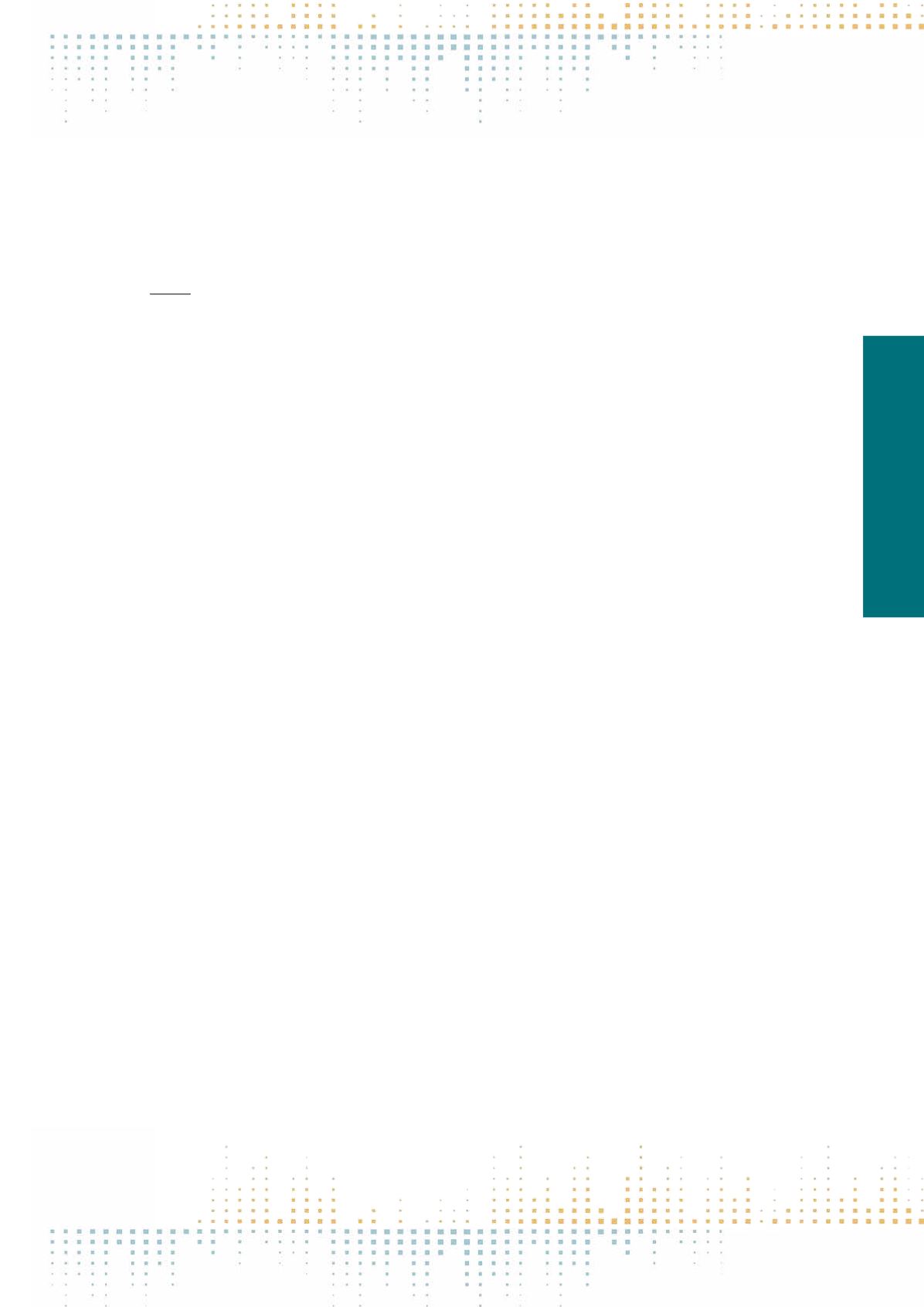

11
Friday, November 11
1 8 : 0 0 – 1 9 : 3 0
ment and functions of certain motifs could be revealed. According to the result the functions of visual arrangements differ between ages and gender along
the categories staging and posing (younger and male) vs. authenticity and social integration (older and female) – according to different meanings of these
terms. The presentation gives an overview of the results of the studies in general, but focuses on the methodological limitations of the mentioned methods
analysing meanings and functions of photographs. In detail the combination of participative elements with the evaluation of photographs by using seman‑
tic differentials including the insights into probands’meanings given with the thinking aloud technique are outlined, discussing the benefits and limitations
of this approach. Additionally insights into this research process and its results will be included.
PN 232
Children, Digital Literacy, and Class-Based Agency in the Global South
S. Banaji
1
1
London School of Economics and Political Science, London, United Kingdom
A range of scholars have explored the ways in which children use, learn from or are vulnerable to the effects of particular forms of digital media and tech‑
nologies, from aps and videogames to WhatApp, Facebook, Snapchat and Instagram. Notions of digital literacy arising from such studies have had some
notable benefits in relation to children’s learning, and agency online, as well as in drawing attention to lack of digital literacy as an axis of inequality. A little
assessed side-effect of the normalisation of child-related digital risk and digital success discourse has been a loss of attention to ongoing non-digital harms,
dangers and agency of hundreds of millions of children and youth in the global south or, at best, a loss of interest in solving these harms in non-digital
ways. Drawing on a sample of interviews with 72 children in theWestern states of Maharashtra and Gujarat, interviews with media producers and children’s
NGO practitioners, and textual analysis, the ways in which adults conceive of children’s media literacy, and the ways in which children themselves display
several different kinds of agency andmedia literacy are compared.They paper compares the assumptions about digital needs and vulnerability which accrue
from European and North American discourses of digital risk and opportunity with the startling actualities of media-poor children’s lives in urban and rural
locations in India. Findings range widely suggesting that a majority of middle class Indian children’s growing repertoires of media discourses, and their
comfort around new media tools including mobile phone apps, are not matched by an equivalent critical literacy covering the political economy of media,
data, privacy or politics online. Despite hype around technology’s ability to grant young women spaces free from surveillance not hitherto available, this
leads to an increasing de-politicization of new media usage, while leaving them open to mobilisation by the Hindu Right and corporate interests. Older
media continue to play interesting and diverse roles in working children and young people’s imaginaries about caste, class, gender, romance and religion.
More commonly, children and young people in working class communities use non-media and non-digital tools and technologies for intimacy, creativity
and their very limited leisure. For these children, critical literacies about power and participation in families and neighbourhoods, their knowledge about
the intersection of children’s cultures and everyday survival, continue to circulate offline, and to be a resource which is undervalued in scholarly and journal‑
ist communities. So, how can the dynamics of this situation be challenged?



















